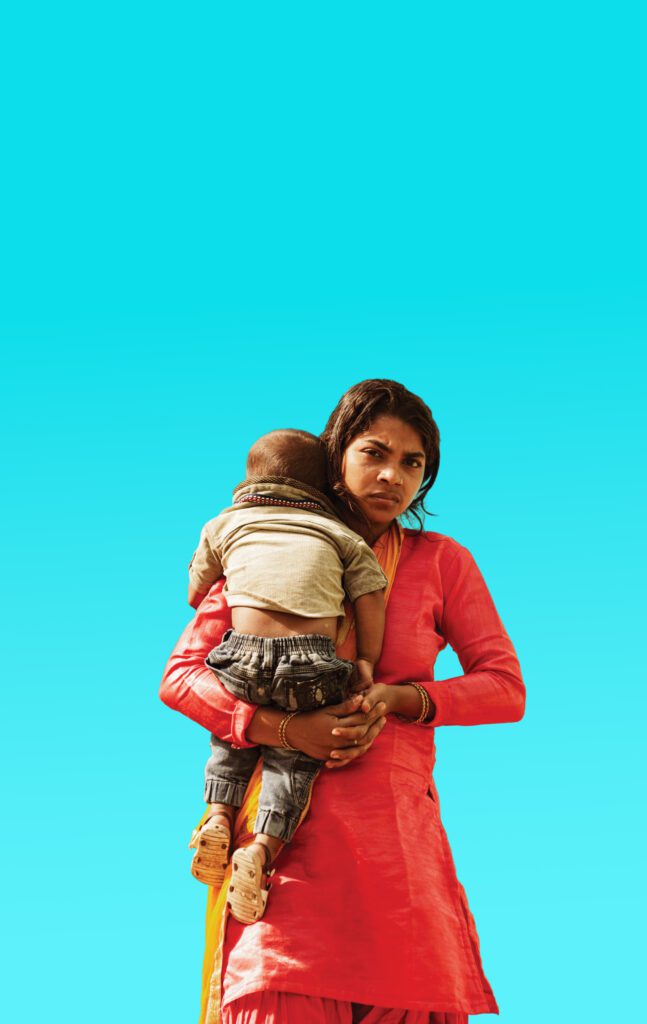
The Annie E Casey Foundation, an outspoken advocate for children in poverty, has issued its latest annual Kids Count report. The data may help explain decreases in the total number of kids participating in school lunch and school breakfast – notwithstanding our team’s phenomenal job creating increased access to those programs. The report research on low birthweight also affirms the importance of our ambition to address and prevent hunger in the 0 to 5 (perhaps pre-natal to 5), early childhood space.

In the report’s words: “The data reveal, in the United States today, more parents are financially stable and living without burdensome housing costs. More teens are graduating from high school and delaying parenthood. And access to children’s health insurance has increased compared to just seven years ago. But it is not all good news. The risk of babies being born at a low weight continues to rise, racial inequities remain systemic and stubbornly persistent and 12% of kids across the country are still growing up in areas of concentrated poverty.”
The report’s characterization of the data as reflecting “measurable but still inadequate progress” balances celebrating progress with maintaining urgency. Details excerpted below are worth your review. The more we go where the data takes us, the more credibility we will have and the more strategic our allocation of resources.
- Of the 16 areas of child well-being tracked across four domains — health, education, family and community and economic well-being — 11 have improved since the Foundation published its first Data Book 30 editions ago.
- The nation’s child poverty rate dropped four percentage points to 18% in 2017. Despite this good news, the poverty rate for African-American and American Indian kids remains substantially higher — at 33%.
- The likelihood that kids are growing up in families burdened by high housing costs has fallen — going from 41% of all U.S. kids in 2010 to 31% in 2017.
- The nation’s child population added more than 9 million kids since 1990. Half of this growth came from three states: Texas (2.5 million), Florida (1.2 million) and California (1.1 million).
- Low birth weight, which often portends developmental challenges, had increased three years in a row, matching the four-decade high of 8.3% of all live births (2006).The risk of having a low birth-weight baby runs highest for African-American families (13.4%) and lowest for white families (7%).
The full report can be found at https://tinyurl.com/y43dymht


